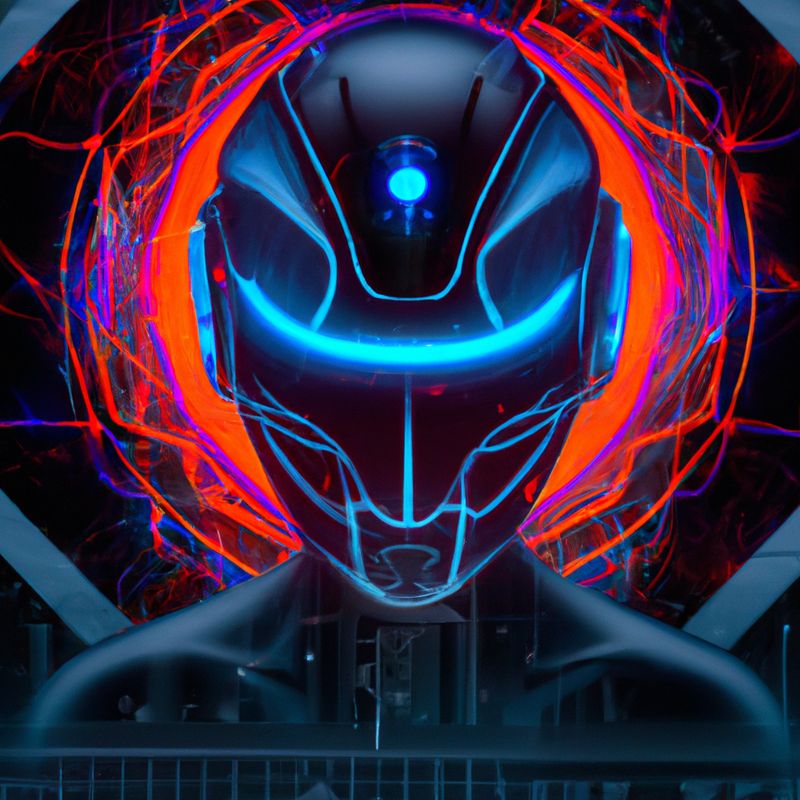AI and the Future of Drone Technology

The use of drones, or unmanned aerial vehicles, has become increasingly popular in recent years. As technology advances, the potential applications of drones are becoming more and more expansive, and the potential of artificial intelligence (AI) is being explored in the field of drone technology. In this comprehensive guide, we will explore the current state of AI and drone technology, the potential applications of AI-powered drones, and the challenges and opportunities that lie ahead.
The Current State of AI and Drone Technology
The use of drones has grown rapidly in recent years, and the potential of AI-powered drones is being explored. AI-powered drones are able to autonomously navigate and complete tasks without the need for human intervention. This has the potential to revolutionize the way drones are used in many industries, from agriculture to delivery services.
Currently, there are two main types of AI-powered drones: autonomous drones and semi-autonomous drones. Autonomous drones are able to navigate and complete tasks without any human intervention, while semi-autonomous drones require some level of human input. Autonomous drones are the most advanced type of AI-powered drones, and they are the most likely to be used in the future.
In addition to autonomous and semi-autonomous drones, there are also drones that are powered by machine learning algorithms. These drones are able to learn from their environment and adapt to their surroundings. This type of drone technology has the potential to revolutionize the way drones are used in many industries.
The Potential Applications of AI-Powered Drones
AI-powered drones have the potential to revolutionize many industries, from agriculture to delivery services. In agriculture, AI-powered drones can be used to monitor crops, identify pests, and detect disease. In delivery services, AI-powered drones can be used to autonomously deliver packages to customers. AI-powered drones can also be used for search and rescue operations, as well as surveillance and security.
In addition to these applications, AI-powered drones can also be used for entertainment purposes. AI-powered drones can be used to create interactive light shows or to provide a unique perspective on sporting events. AI-powered drones can also be used to create virtual reality experiences, providing an immersive experience for viewers.
The Challenges and Opportunities Ahead
Despite the potential of AI-powered drones, there are several challenges that must be addressed before they can be widely adopted. One of the biggest challenges is the lack of regulation surrounding the use of drones. Many countries have yet to develop regulations that address the use of AI-powered drones, and this could limit their adoption in the near future.
In addition, there are also challenges related to the cost and reliability of AI-powered drones. AI-powered drones are typically more expensive than traditional drones, and they can be unreliable if not properly maintained. This could limit their adoption in certain industries, such as agriculture, where cost and reliability are key considerations.
Despite the challenges, there are also several opportunities for AI-powered drones. As the technology advances, the potential applications of AI-powered drones are becoming more expansive. In addition, the development of regulations surrounding the use of drones could open up new opportunities for the use of AI-powered drones in many industries.
Conclusion
AI-powered drones have the potential to revolutionize many industries, from agriculture to delivery services. Despite the challenges, there are also several opportunities for AI-powered drones, and as the technology advances, the potential applications of AI-powered drones are becoming more expansive. As regulations surrounding the use of drones are developed, the potential of AI-powered drones will be fully realized.

